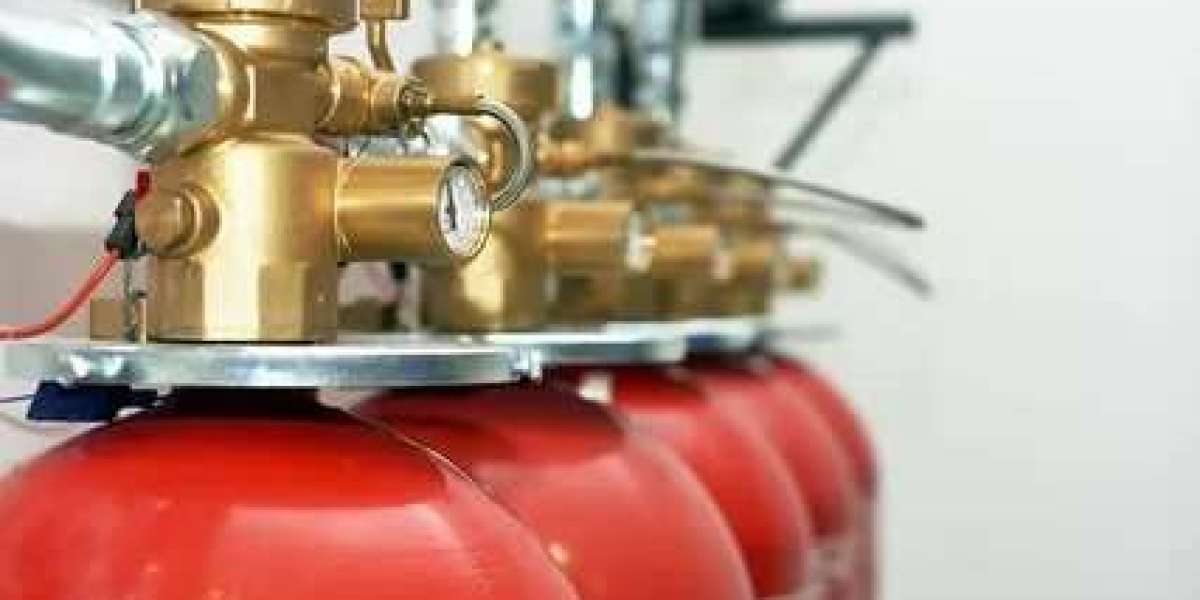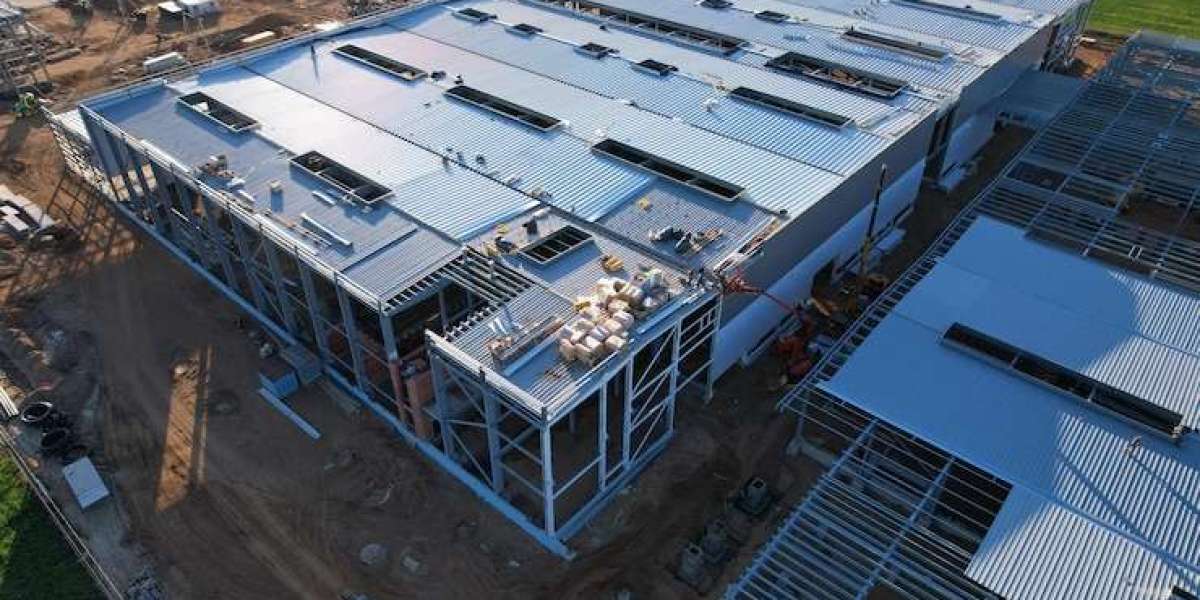When it comes to safeguarding lives and property, a fire suppression system is not a luxury—it’s a necessity. Whether you're managing a commercial building, industrial facility, data center, or even a high-end residential space, understanding the cost of installing a fire suppression system is essential for effective budgeting and safety planning.
In this article, we’ll explore the factors that influence the installation cost, provide an average cost range, compare different types of systems, and offer tips for reducing expenses without compromising safety.
What is a Fire Suppression System?
A fire suppression system is designed to control or extinguish fires automatically. Unlike fire sprinkler systems that rely primarily on water, suppression systems often use alternative agents such as gas, foam, or chemical compounds. These systems are commonly used in environments where water could damage sensitive equipment or where fires need to be stopped quickly with minimal collateral damage.
Common types of fire suppression systems include:
Clean Agent Systems (e.g., FM-200, Novec 1230)
CO₂ Systems
Dry Chemical Systems
Wet Chemical Systems (typically in kitchens)
Foam Systems
Water Mist Systems
Each system has unique applications and costs, which we'll explore in detail.
Average Cost of Fire Suppression System Installation
The installation cost of a fire suppression system varies widely based on multiple factors. On average, here’s what you can expect:
| Type of System | Cost per Square Foot | Typical Applications |
|---|---|---|
| Water Mist | $4 – $12 | Museums, Hospitals |
| Clean Agent | $20 – $40+ | Data Centers, Server Rooms |
| CO₂ Systems | $5 – $15 | Industrial Equipment, Power Plants |
| Dry Chemical | $3 – $8 | Paint Booths, Flammable Liquid Storage |
| Wet Chemical | $2,000 – $6,000 per Kitchen Hood | Commercial Kitchens |
| Foam Systems | $5 – $15 | Aircraft Hangars, Petrochemical Facilities |
For a small commercial space (1,000 sq ft), the cost may start around $5,000 to $30,000, depending on the system type. For large industrial facilities, the cost could easily exceed $100,000.
Key Factors Affecting Fire Suppression System Cost
1. Type of Suppression Agent
The fire suppression medium plays a significant role in the cost. Clean agents like FM-200 or Novec 1230 are more expensive due to their non-toxic, residue-free nature, while CO₂ and dry chemical systems are more cost-effective but may pose environmental or safety concerns.
2. Building Size and Layout
Larger spaces require more piping, nozzles, and suppression agent, which increases installation complexity and cost. Irregular layouts may need custom designs, further adding to the expense.
3. System Design and Engineering
Custom-designed systems are more expensive than off-the-shelf models. Specialized environments—like those with explosive materials or sensitive electronics—often require complex engineering that drives up costs.
4. Integration with Existing Systems
If the fire suppression system needs to integrate with existing fire alarms, HVAC, or building automation systems, it may involve additional wiring, controls, and programming.
5. Local Codes and Regulations
Compliance with NFPA (National Fire Protection Association) codes and local building codes is essential. Different jurisdictions may have specific requirements, and failure to comply could result in penalties or rework costs.
6. Installation Environment
Retrofits in old or occupied buildings often cost more than new installations due to demolition, space constraints, or operational downtimes.
7. Maintenance and Testing Requirements
While not part of the initial installation cost, it’s essential to account for ongoing inspections, testing, and maintenance, which are required to keep the system compliant and operational.
Hidden Costs to Watch Out For
Permit Fees: Some municipalities require permits and inspections which add to the overall cost.
Structural Modifications: Reinforcing ceilings or adding ventilation for gas suppression systems.
Safety Measures: For example, oxygen depletion concerns in CO₂ systems may necessitate additional safety devices or interlocks.
Training: Personnel may need to be trained on how to use or respond to the system in an emergency.
Post-Installation Testing: Full system discharge testing might be required for certification.
Fire Suppression System Installation: Commercial vs. Residential
Commercial Installation
These are typically more complex and include a combination of detection, control panels, suppression delivery, and ventilation or cleanup systems. The cost here can be higher due to scalability and code compliance.
Residential Installation
Although less common, high-value homes or luxury condos may use systems like water mist or clean agent for protection. These installations are smaller in scope but still come with premium pricing due to the specialized nature.
Cost Comparison: Clean Agent vs. CO₂ System
Let’s compare two popular systems:
| Feature | Clean Agent (e.g., FM-200) | CO₂ System |
|---|---|---|
| Cost | $20–$40/sq ft | $5–$15/sq ft |
| Safety | Safe for humans | Hazardous |
| Residue | None | None |
| Application | Server rooms, labs | Industrial settings |
| Maintenance | Moderate | Higher (due to safety features) |
While clean agent systems are more expensive, they are safer in occupied spaces, which often justifies the cost in commercial or mission-critical environments.
Tips to Reduce Fire Suppression Installation Costs
Choose the Right System for Your Needs – Avoid over-specifying. A commercial kitchen doesn’t need a clean agent system.
Bundle with New Construction – Installing during a build or major renovation can lower labor and access costs.
Regular Maintenance – Avoid costly emergency repairs by keeping the system in peak condition.
Consult Certified Experts – They can help you avoid code violations or unnecessary components.
Seek Grants or Incentives – In some areas, safety improvements like fire suppression may qualify for tax breaks or funding.
Final Thoughts
Investing in a fire suppression system isn’t just about cost—it’s about peace of mind, protecting lives, and ensuring business continuity. While the installation cost can range from a few thousand to over a hundred thousand dollars, the value of protecting irreplaceable assets or data far outweighs the initial investment.
When planning a fire suppression system, always consult experienced professionals, evaluate your specific needs, and consider long-term operation and maintenance. By doing so, you can balance cost and safety effectively—without compromising on either.


